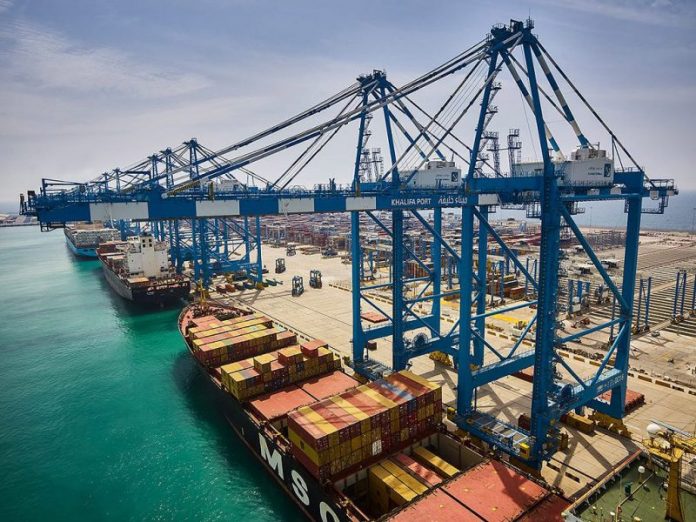-
Increased M&A activity will see more regional terminal operators climbing up the global ladder, says Drewry in its annual review of global container hub operators
-
Drewry analyst Eleanor Hadland says M&A is the quickest route to build market share as global container port volumes shrink
-
Decline in Drewry’s terminal earnings index slowed in 1Q23 as operating costs fell per TEU
Growth strategies led by mergers & acquisitions will propel leading regional terminal operators and container shipping lines into the global terminal operator rankings next year, Drewry says in its latest Global Container Terminal Operators Annual Review and Forecast report.
The report says the positions of the largest global terminal operators (GTOs) at the top of the rankings look secure, and the number of companies seeking to invest in the global ports market has increased in recent years.
But, with global container port volumes increasing by just 0.5% in 2022, M&A has emerged as the quickest route to build market share, according to the report authored by Eleanor Hadland, Drewry’s senior analyst for ports and terminals.
“Increased M&A and privatization activity will see the number of GTOs increase – Hapag Lloyd, ONE, Adani and Abu Dhabi Ports Group are all set to feature in next year’s league tables,” Hadland forecasts.
The analyst said that in 2022, the number of companies that qualified as GTOs increased from 20 to 21. She said HHLA dropped out of the rankings due to the closure of its terminal in Odessa after the Russian invasion of Ukraine, while MSC and Wan Hai entered the rankings in 7th and 19th position, respectively.
Hadland said annual growth in equity-adjusted throughput for the 21 GTOs was 0.6%, slightly above the 0.5% increase in global port handling recorded in 2022. The leading operators handled more than 48% of the global port volumes on an equity-adjusted basis, stable compared with 2021 on a like-for-like basis.
China Cosco Shipping gained ground after increasing its stake in Tianjin Container Terminal, while China Merchant’s equity-throughput gains followed its raising of shareholding in Shanghai International Ports Group and Ningbo Zhoushan Port Co.
In contrast, APMT slipped due to the full-year impact of the sale of Rotterdam Maasvlakte in 2021 and sale of a minority stake in Wilhelmshaven in 2022. Similarly, DP World’s monetization strategy, which has reduced its equity-stake in its flagship Jebel Ali terminal to less than 68%, underpinned the 3.1% drop in equity throughput in 2022.
Terminal operators’ revenue rose in 2022, despite volume growth slowing, but plunged by 2H22 amid the widespread easing of congestion as dwell times quickly returned to pre-pandemic levels, Hadland said.
The report said the easing of port congestion led to recovery in terminal productivity, lowering costs on a per-unit basis; for example, less requirement for overtime work and lower levels of rehandling in container yards. Labor costs, which are partially fixed and make up the highest proportion of operating expenses per unit, jumped in 1Q23 due to year-end salary increases.
In 2022, the Drewry Global Container Terminal Earnings Index dipped 16.3% year on year, led by falling revenue and rising cost per unit. But the decline slowed in 1Q23 as operating costs per TEU decreased.
“We expect this downtrend to recede as the impact from reduced storage revenues weakens in 2H23,” added Hadland.
In 2022, the sampled terminal operators’ capital expenditure grew 18% y-o-y, the second consecutive yearly increase since 2020, when the industry players opted to build onto their cash positions by delaying non-essential capex due to the pandemic.
In 2023, high-interest rates have increased the opportunity cost of funds invested, Hadland said. She said she believes that interest rates will remain high in the short term, prompting operators to reappraise business cases for capital investments as the hurdle rates of return rise.
Hadland concluded small-scale projects that can be funded from cashflow, especially those that generate productivity and/or sustainability gains, are less likely to be delayed than greenfield projects and major terminal expansions.
RELATED READ: ICTSI among top global terminal operators – Drewry





